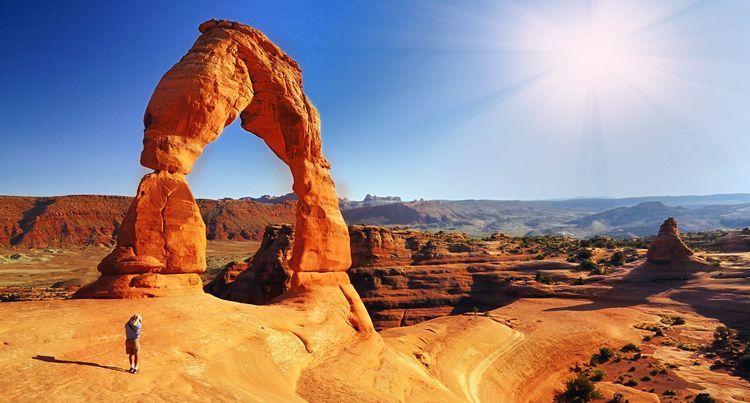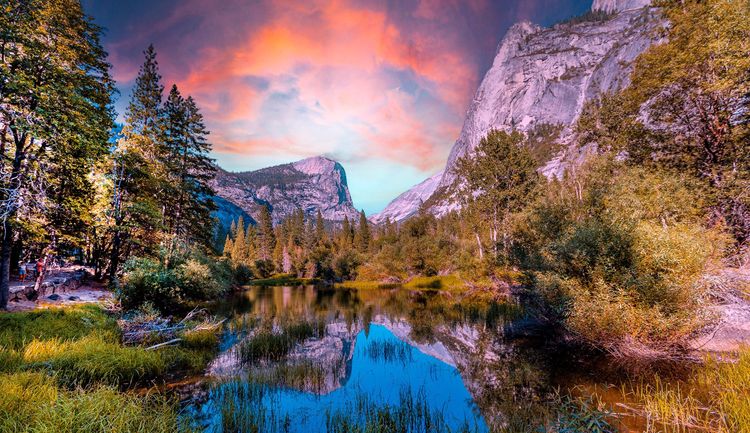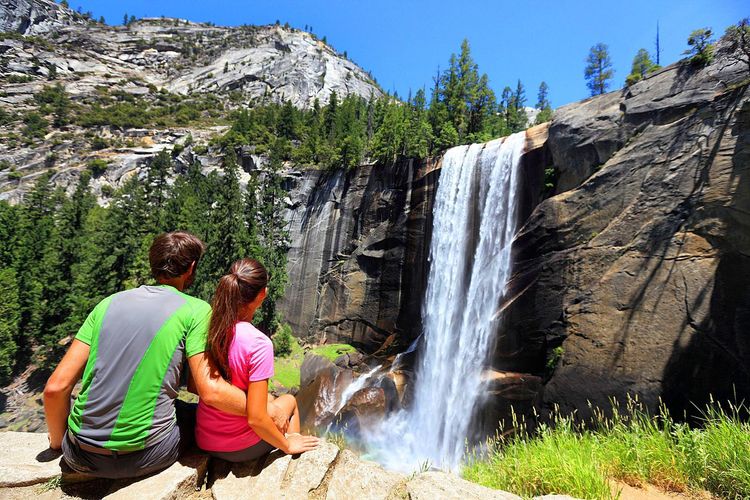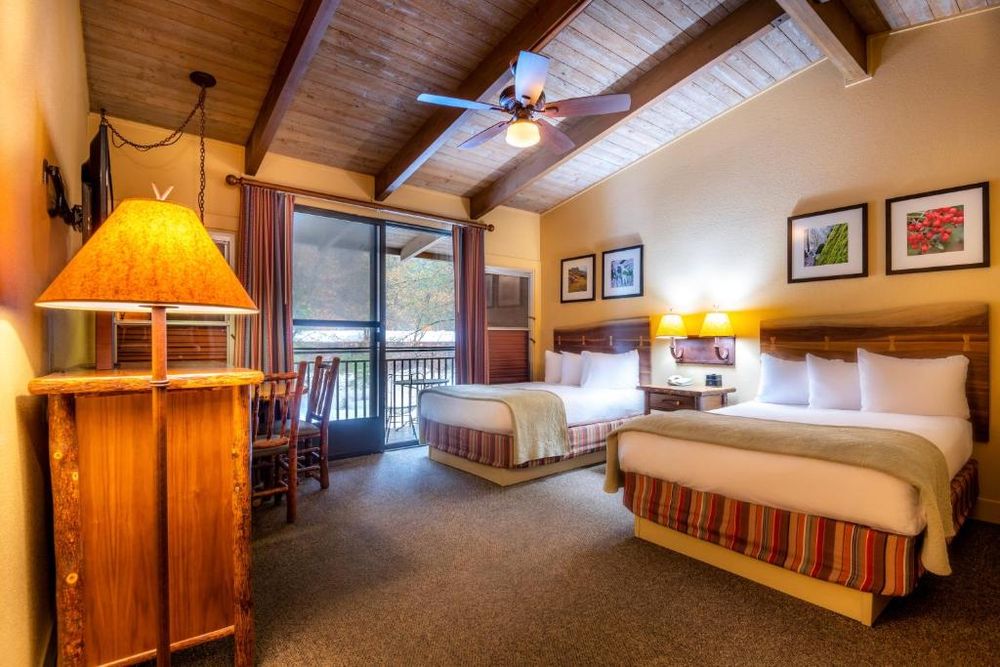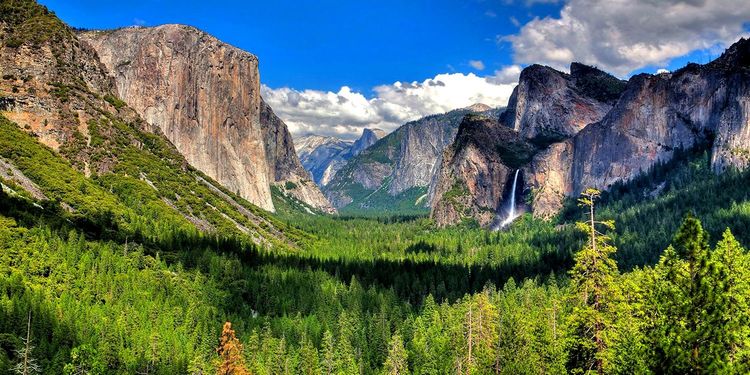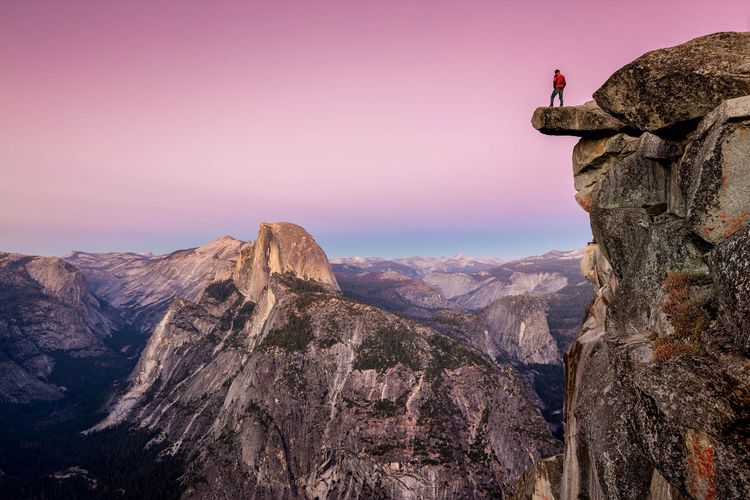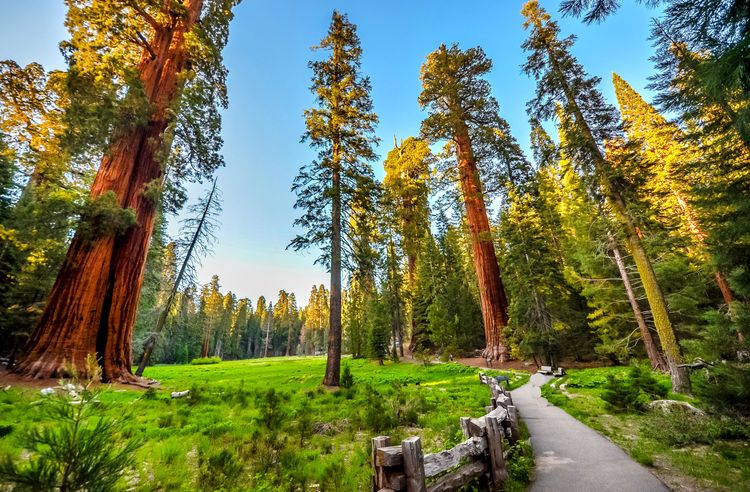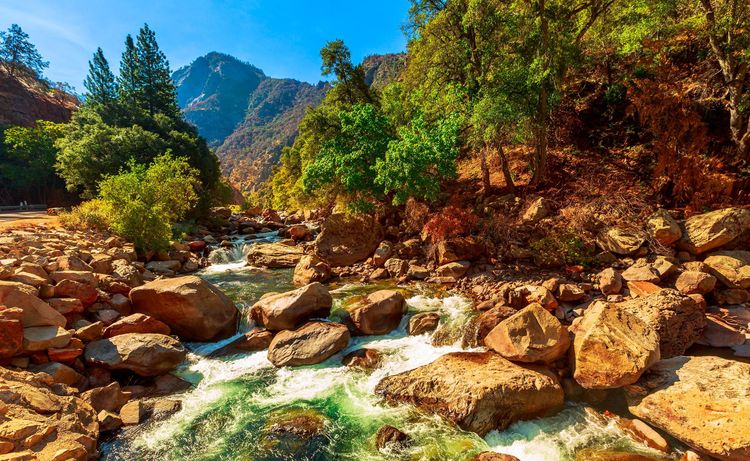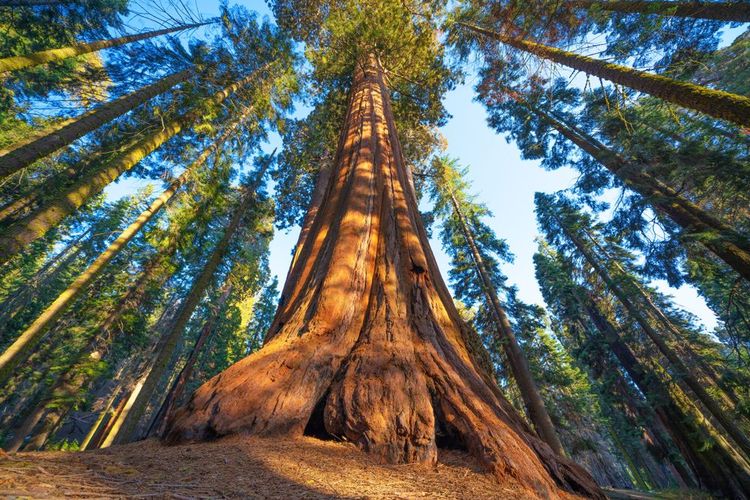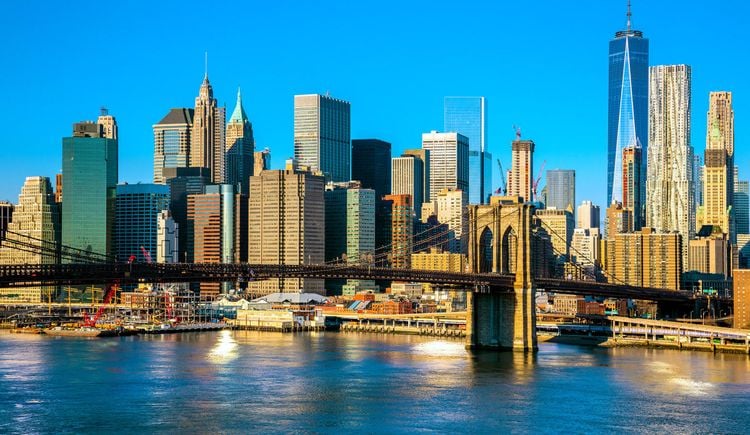First of all, you need to know that there are more than 60 national parks in the United States, and that they are mainly spread along the west coast, the same coast where California's most beautiful beaches are strung out like pearls in a rosary. This configuration makes things very exciting, as you will obviously be able to visit several parks during the same trip. As long as you prepare well, have a realistic vision of the successive routes and therefore a minimum knowledge of the realities of the terrain. So don't be too greedy, and choose between spending time in one park but seeing fewer in the end or visiting more but less well. The happy medium seems to be somewhere between these two options, as the parks are very different from one another and the ideal is to see as much as possible, but in good conditions.
Here's a realistic 15-day road trip itinerary, by car, through some of the most beautiful parks on the West Coast.
